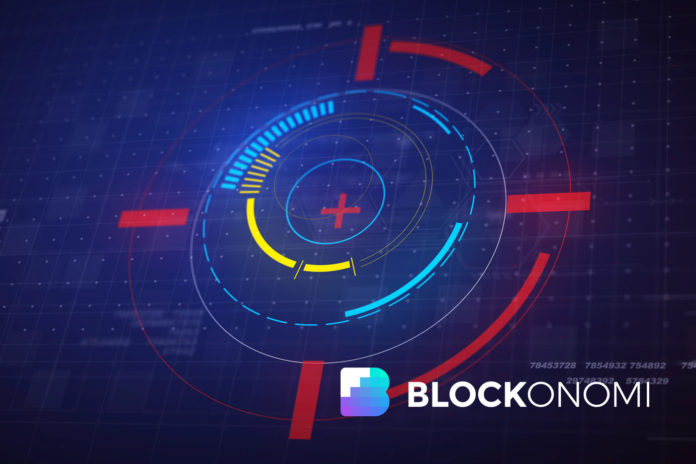
The collision of blockchain technology and gaming holds great promise for the growth of both industries. Innovations in the budding field of blockchain gaming have pushed the limits of non-fungible assets and are poised to keep supplying novel developments in other areas like scalability.
Gamers were some of the early adopters of cryptocurrencies as they were already familiar with many in-game virtual currency models and saw the benefits of integrating cryptocurrency networks into the domain. The eSports industry is booming, and it is only a matter of time before its rise is meaningfully coupled with cryptocurrency payment systems and decentralized models.
While the fusion of gaming and blockchain shows some great potential, there are still many hurdles facing its development that need to be overcome for it to reach mainstream adoption.
The Current Landscape
When analyzing the current blockchain gaming landscape, it’s easiest to divide the field into the benefits that the integration of the two afford, and the current as well as future hurdles facing its adoption.
Benefits of Blockchain Gaming
Blockchains provide a useful tool for gamers for various reasons including decentralized asset exchanges, verifiable scarcity of virtual objects and collectibles, fast and secure payment networks, and an ability for developers to properly monetize their creations. On the other hand, the search for solutions to providing sustainable and fun blockchain-based games has led to some exciting innovations in blockchain scalability and asset creation.
The most popular implementation of blockchain technology for gaming is with non-fungible assets. In gaming, these assets can be anything from game skins to virtual cards part of a specific game that are verifiably scarce. The authenticity of individual virtual items is guaranteed using smart contract standards such as the ERC-721 non-fungible token standard and the newer ERC-1155 reference implementation.
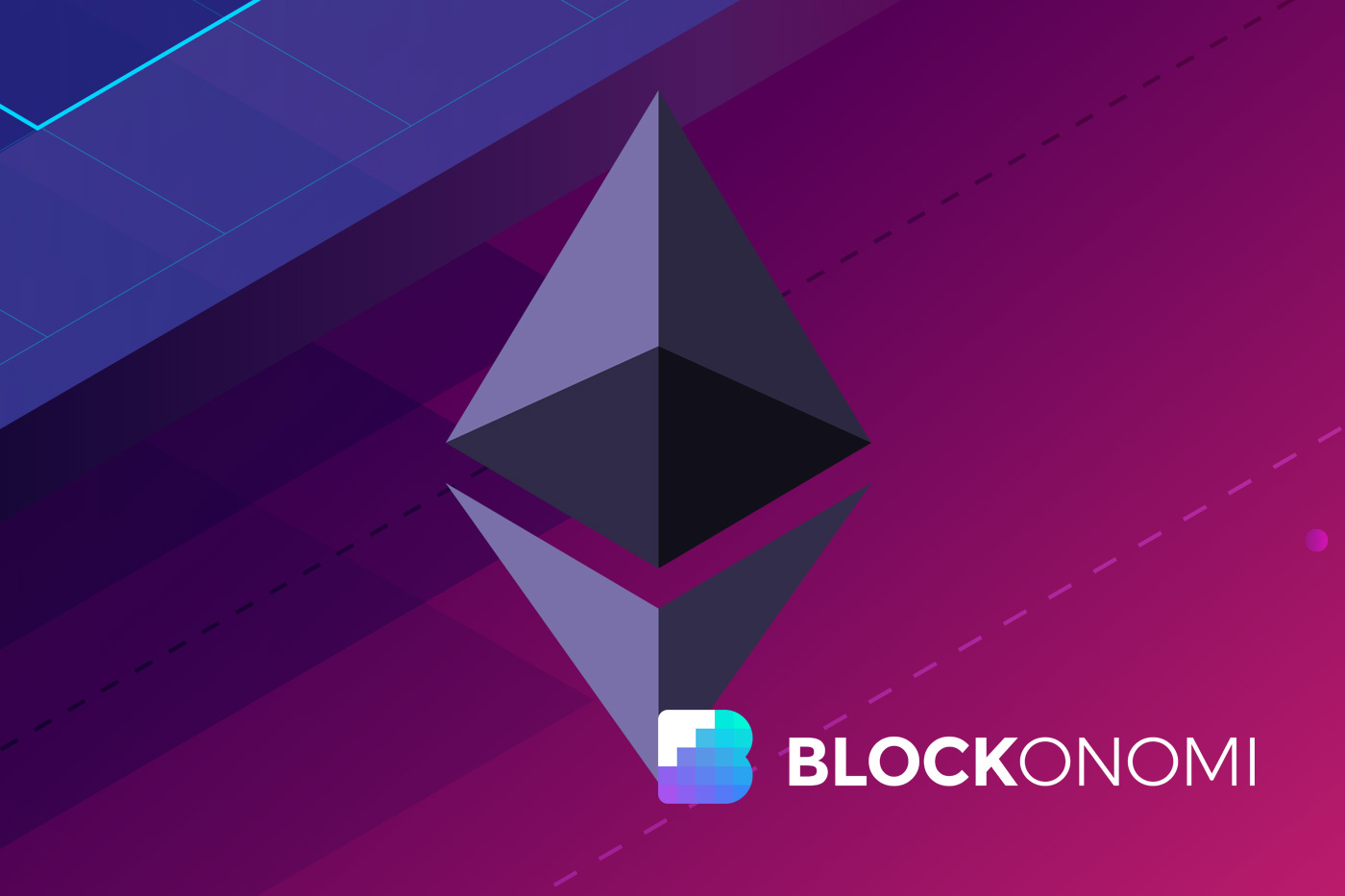
Read: Ethereum ERC-1155 Token Perfect for Online Games
A common problem that plagues gaming is the inability to prove the provenance of specific virtual items, leading to fraud. Smart contracts allow users to be confident that they are receiving authentic items since they are tethered to the blockchain. Exchanging such in-game items has become a lucrative industry — estimated to be worth $50 billion — that is expected to increase in size rapidly. Not only is the industry of in-game item exchanging highly lucrative for legacy video games such as Call of Duty and Counter-Strike, but for popular blockchain-based games like Cryptokitties that are actually built on a blockchain.
Facilitating the exchange of virtual in-game items and crypto collectibles has been the goal of some notable platforms including Wax, OpenSea, and Rare Bits. Functioning as decentralized exchanges for non-fungible assets, these marketplaces give users the freedom to interact in a P2P manner that offers a reprieve from current centralized models. Decentralized asset exchanges have the potential to eventually develop into bustling marketplaces in various industries from financial assets to physical assets tied to a blockchain.
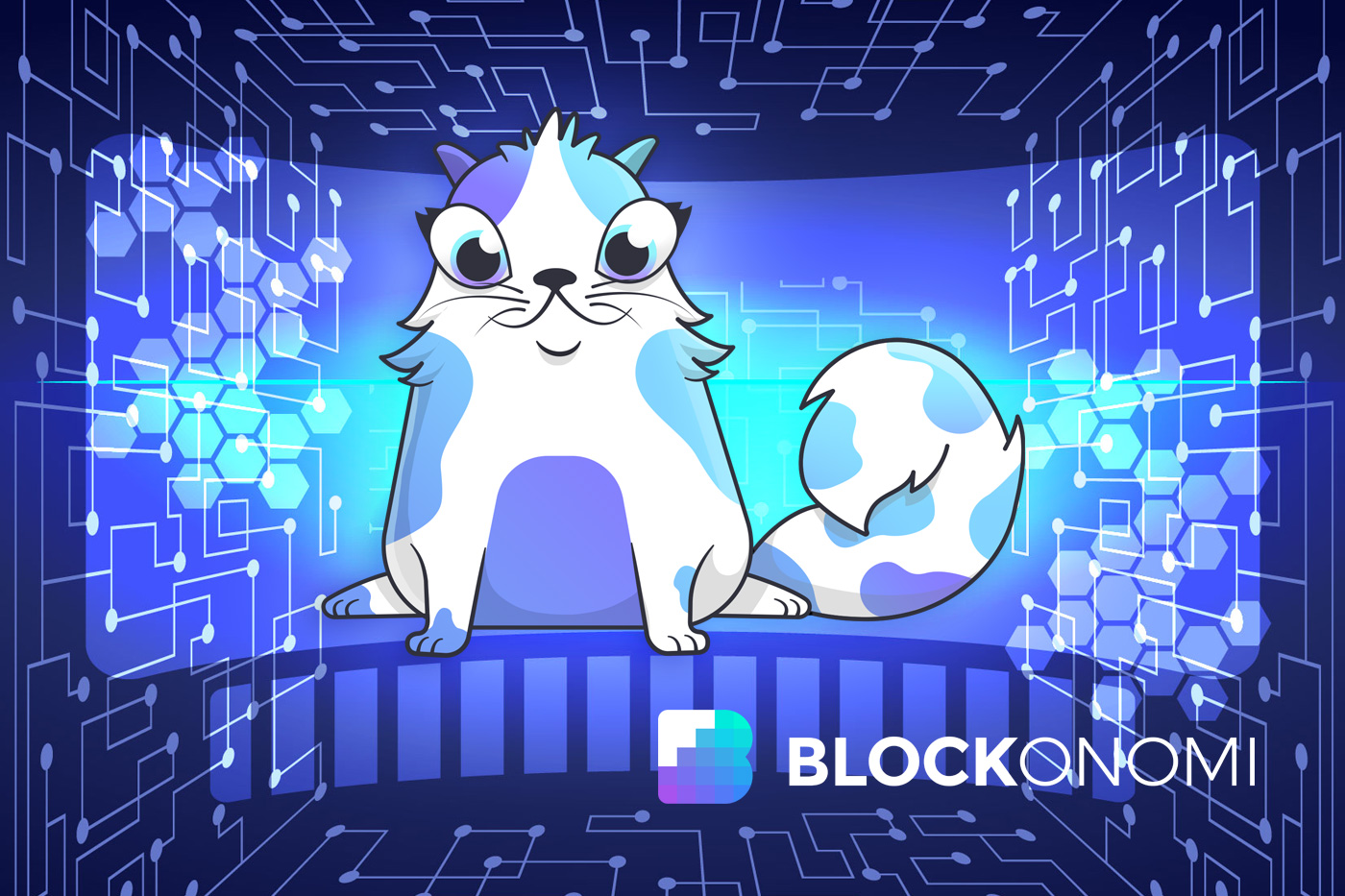
Read: What Are Non-Fungible Tokens? Unique & Authentic Digital Assets
One of the most apparent benefits of cryptocurrencies for gaming is their utility as fast and secure payment networks. The payment benefits of cryptocurrencies are especially useful for eSports, creating native in-game tokens, and driving seamless transactions on decentralized exchanges. Platforms like OpenSea allows users to pay for virtual collectibles using Ether, while other decentralized exchanges such as Wax enables users to pay in the native WAX token. Platforms like Enjin further allow developers to build fungible in-game virtual currencies and assets as part of their unique ecosystem. Finally, Unikoin Gold is an eSports betting platform that allows users to participate in decentralized gambling using the native UKG token of the platform.
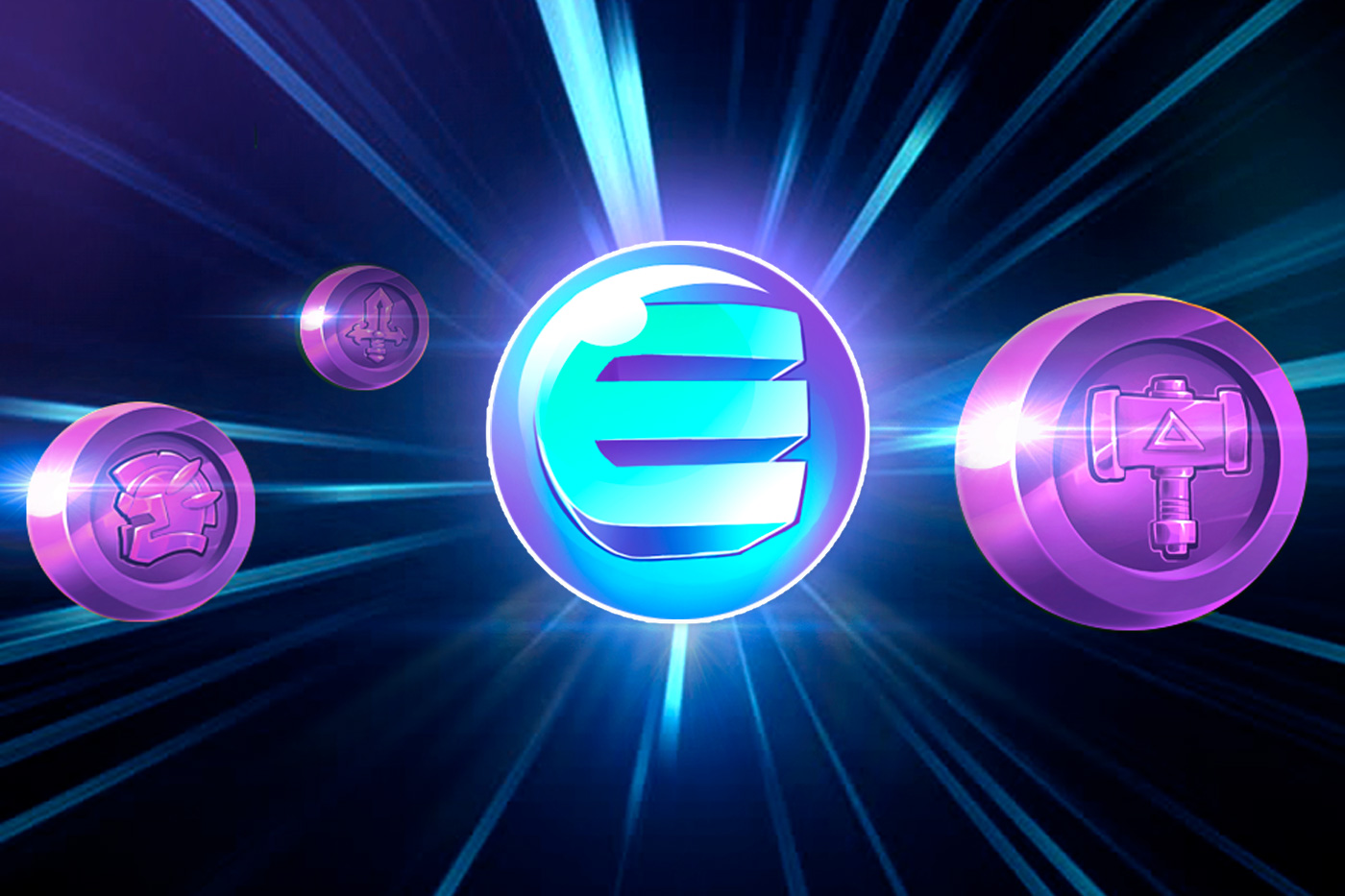
Read: Beginner’s Guide to Enjin
Monetizing game creations properly has been an irritating problem for many game developers. Through providing direct creator-to-consumer opportunity, blockchains enable game developers to build and distribute their products without the need for expensive intermediaries. This also affords them complete control over the digital rights management process. Developers can further monetize games through unique in-game tokens or assets as part of the game’s design and receive automated payments in cryptocurrencies by leveraging smart contracts.
The flip side of integrating blockchain and gaming is the innovation that advances in blockchain gaming solutions have produced for the broader blockchain industry. As mentioned earlier, the ERC-1155 reference implementation as a new standard for non-fungible assets is an important step in their development and was created by Enjin. Enjin also has produced a platform that provides SDKs for various legacy game engines including Unity, Unreal, and Godot that incorporate smart contracts. Advances in scalability stemming from the search for scalable gaming solutions has come in the form of side channels with The Loom Network and their recently released SDK. As a layer 2 scaling solution for Ethereum, developers can use DPoS sidechains as part of the Loom offering for building scalable and sustainable dapps.
Obstacles Facing Blockchain Gaming
The primary obstacle facing the intersection of blockchain and gaming is very clear, scalability. The same problem that is facing the broader industry is inhibiting the sustainability and actual usefulness of current blockchain-based games.
DappRadar is an excellent tool for evaluating the activity of decentralized applications built on top of Ethereum and demonstrates a glaringly obvious lack of users for blockchain games and decentralized asset exchanges. While still in the early stages, the trend represents an overall lack of sustainability for blockchain-based games at the moment. Gas costs on Ethereum can be prohibitively high during times of network congestion, and many once hopeful gaming dapps have fallen into obscurity after launch.
Centralized games and gaming platforms have clear advantages over blockchain-based games right now. However, interesting hybrid solutions such as Ethereum-based Gods Unchained may provide some insights into how centralized and decentralized models can be combined. Gods Unchained runs on a centralized server and is powered by Unity, indistinguishable in gameplay from the majority of games today; however, the cards are non-fungible ERC-721 assets on the blockchain that can be traded in decentralized marketplaces.
Another problem resulting from scalability limitations is the current scope of games that can be created on a blockchain network. Slow network speed and lack of developer activity have led to many games being simple iterations of popular mobile games or collectible-focused games. This is by no means a long-term problem though as some fascinating projects such as Decentraland focus on creating three-dimensional worlds and games are beginning to shift towards more ambitious goals.
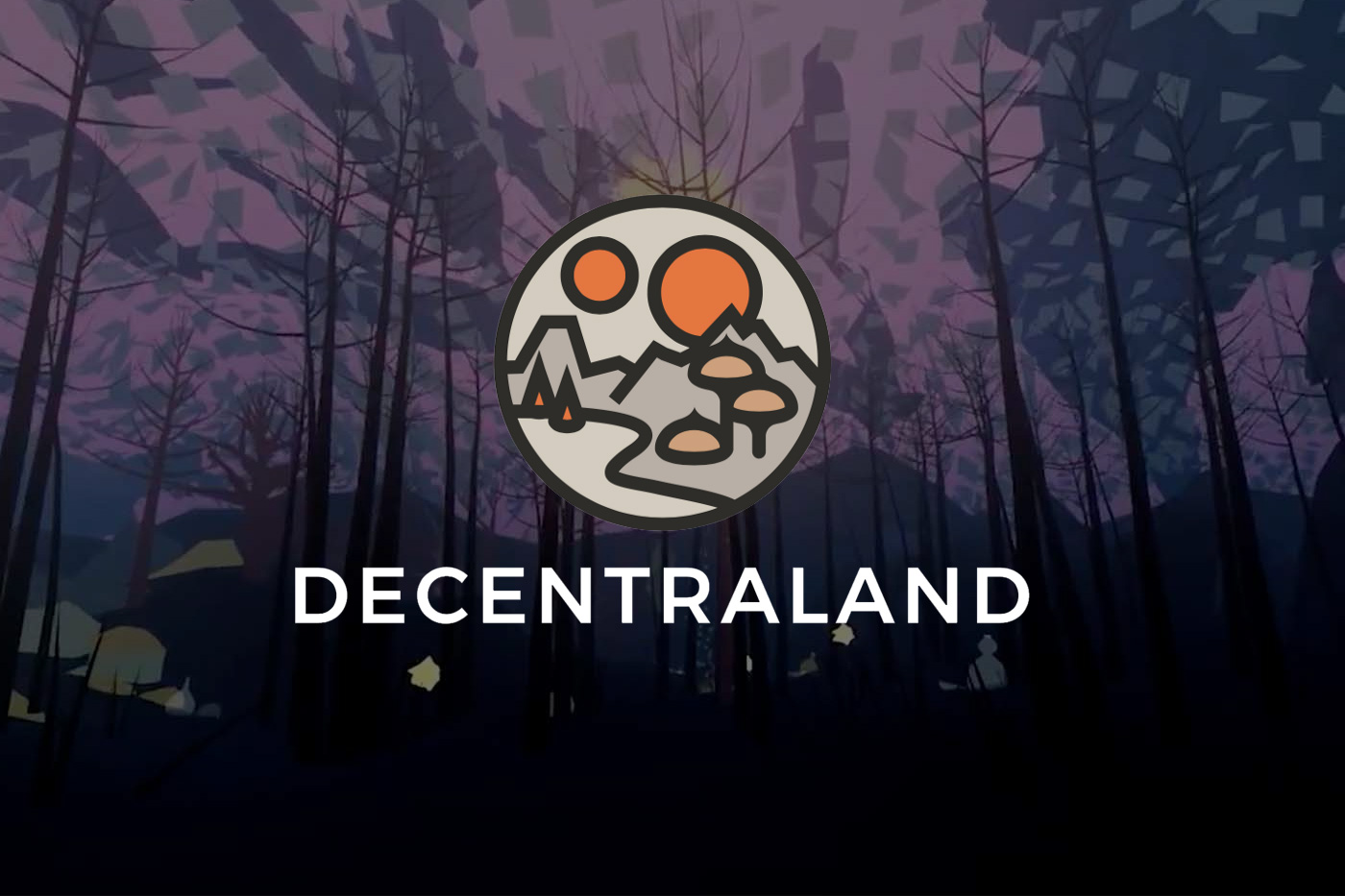
Read: Beginner’s Guide to Decentraland
The problem of scalability will ultimately determine which platforms see the majority of interactive games built on them and which become a more non-fungible asset focused model. Regardless, scalability limitations are stifling the sustainability of the vast majority of blockchain games today.
The Booming eSports Market
The eSports market is turning heads as it is continuously growing at a pace that exceeds expectations. Dominated by major gaming players like Valve Corporation, Riot Games, and Activision Blizzard, eSports is currently on the trajectory to a total worth of more than $138 billion with a rapidly growing global audience of more than 380 million users.
Prize pools in eSports also dwarf other sports. For instance, the current DOTA 2 2018 Tournament prize pool is just under $25 million, more than double this years’ Masters PGA Tour major championship purse of $11 million. Clearly, the opportunity in the eSports market for growth and integration with cryptocurrency networks is enormous.
Some early iterations of the integration of blockchain and eSports are already underway with projects like Unikoin Gold. Further implementations will potentially see a paradigm shift in the structure of the eSports corporate landscape. Corporations like Valve, Riot Games, and Activision Blizzard — in the context of comparing to other sports — effectively function as both the sport, the governing league, and the distributor of the content. For instance, Valve Corporation is the creator of the massively popular DOTA series (currently on DOTA 2), so in effect, Valve not only owns the game, but also creates the tournaments, and distributes the content. This is akin to an entity owning the sport of basketball, the NBA, and the media distribution rights.
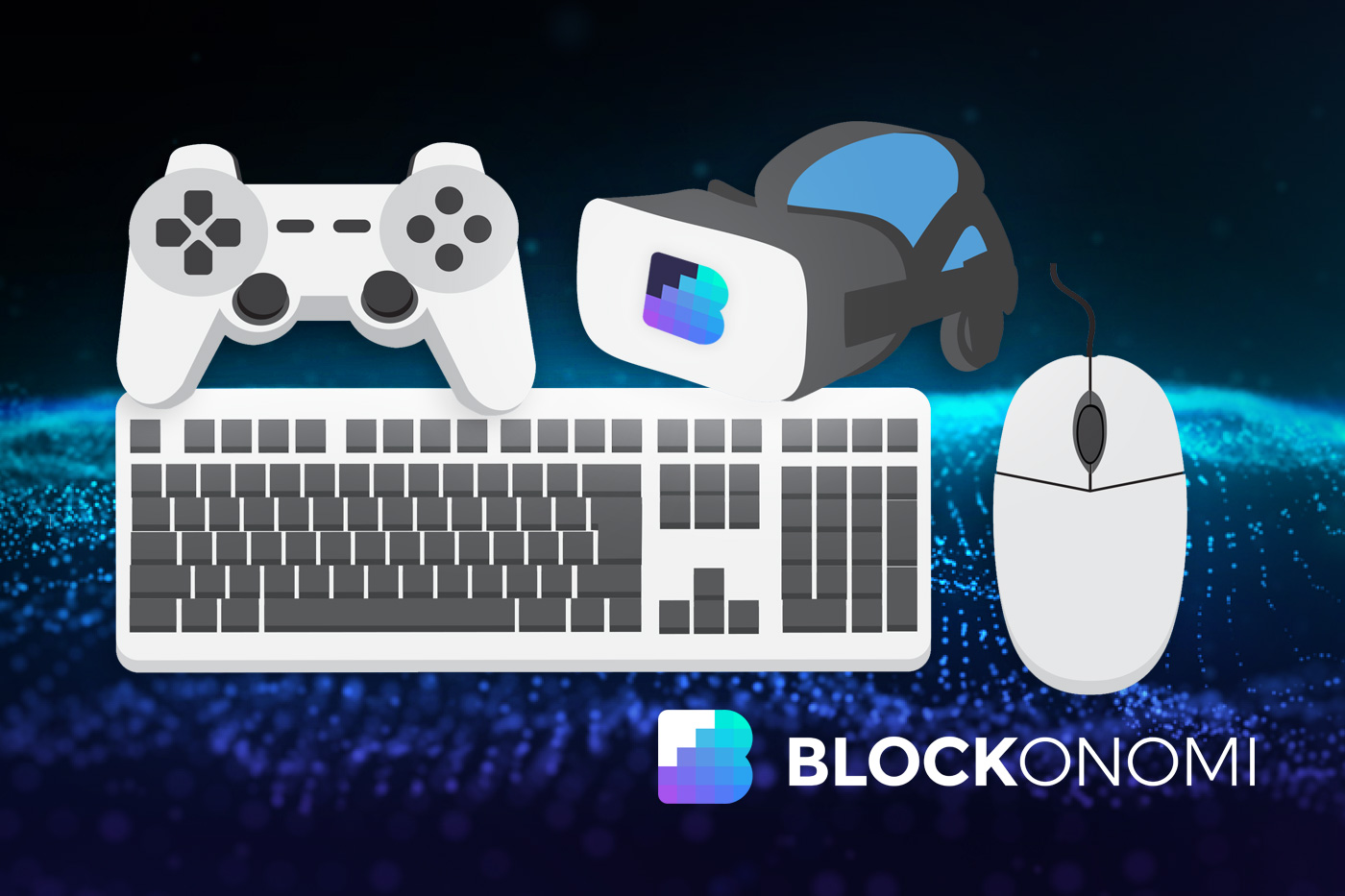
Read: Guide to Gaming and eSports Cryptocurrencies
While the model is clearly working and accelerating the growth of the industry, smaller developers are effectively locked out of competing against such organizations, and there is a substantially high barrier to entry in the market. Decentralizing the gaming development model will allow many developers and smaller companies to deliver their products direct-to-consumer and offer an entirely new generation of creative games, accessible to everyone.
Games like DOTA and Counter-Strike will undoubtedly remain extremely popular among gaming fans, but blockchain and cryptocurrency networks will create the opportunity for a new wave of choices that may eventually take market share from these eSports giants. Decentralized eSports team management and recruiting platforms like DreamTeam are an early example of this trend.
Conclusion
The intersection of blockchain technology, cryptocurrencies, and gaming is promising. Coupled with the meteoric rise of eSports and an opportunity for developers to properly monetize and participate in the gaming community, the intersection will assuredly facilitate a new gaming landscape.
The emergence of the blockchain gaming trend is not without its hurdles, however. Scalability issues are legitimately prohibiting the development of many games at this point and will need to be overcome before the industry can reach its potential. Once that hurdle is overcome, lookout for blockchain gaming.
The post Blockchain Games: The Current State of Blockchain Gaming Technology appeared first on Blockonomi.

Blockonomi.com is author of this content, TheBitcoinNews.com is is not responsible for the content of external sites.
Our Social Networks: Facebook Instagram Pinterest Reddit Telegram Twitter Youtube










